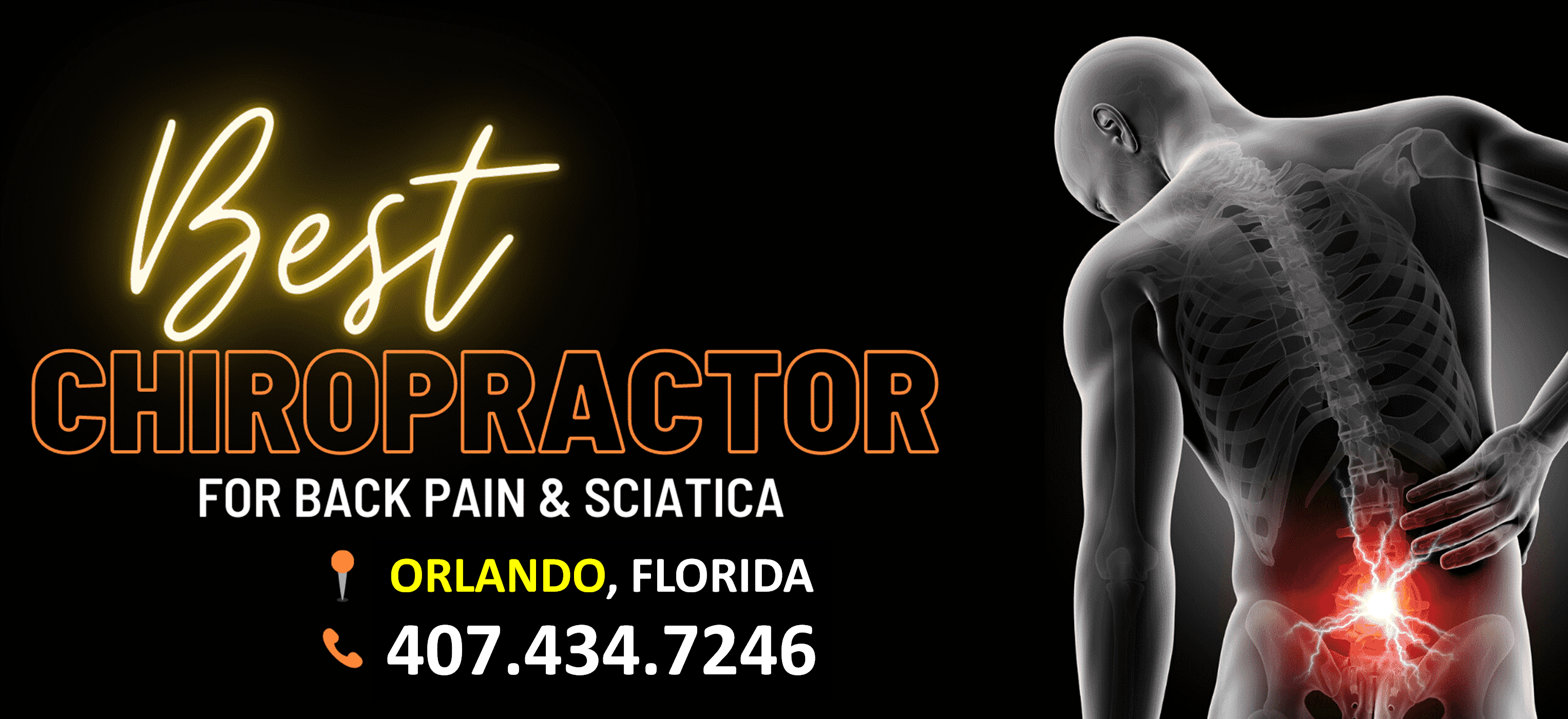How Back Pain Transforms into a Chronic Dilemma
Back pain is a common ailment that almost everyone experiences at some point in their lives. Whether it’s the result of a strained muscle, poor posture, or a sudden injury, acute back pain often resolves with time and proper care. However, for some individuals, what starts as a temporary discomfort can evolve into a persistent and challenging condition known as chronic back pain. In this blog post , we delve into the intricate mechanisms and various factors that contribute to the transformation of back pain into a chronic problem, affecting millions worldwide.
Understanding Back Pain
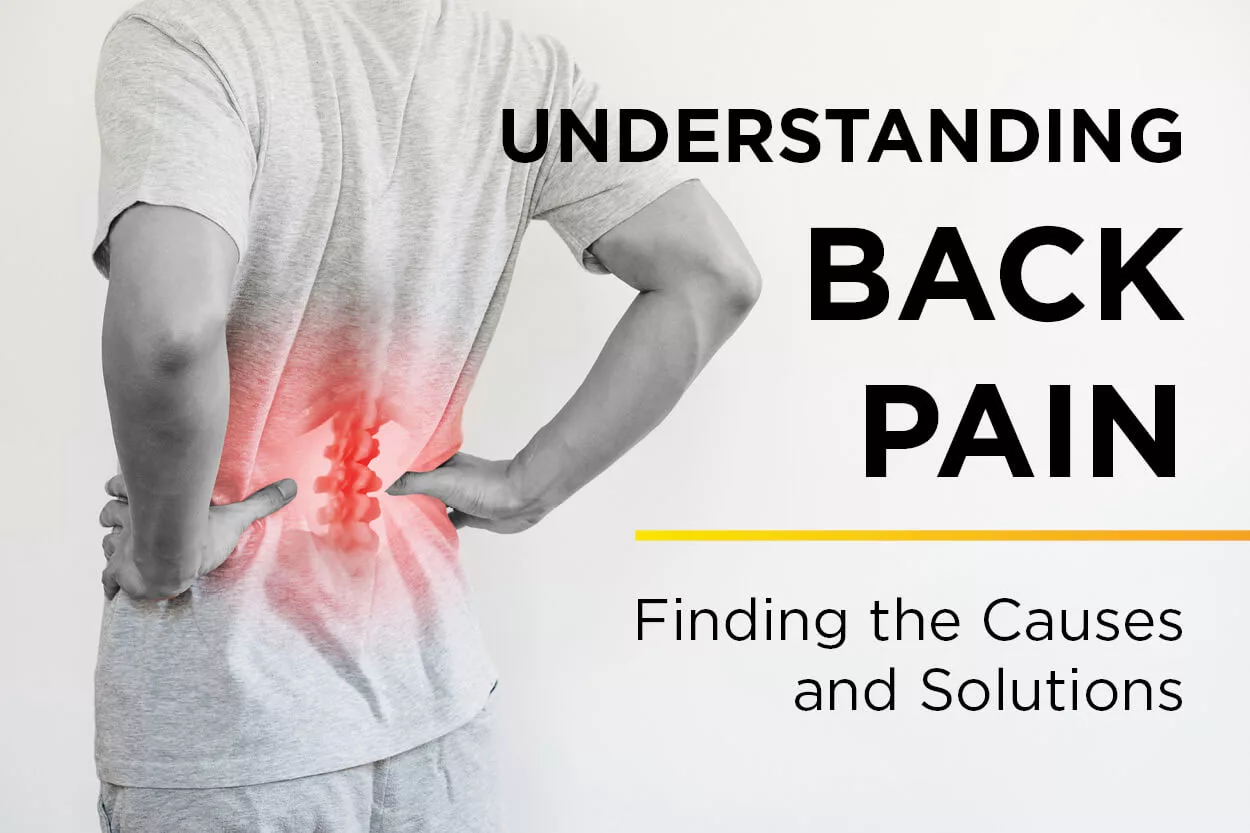
Before delving into the complexities of chronic back pain, let’s establish a foundational understanding of back pain itself. The back is a complex structure comprising bones, muscles, ligaments, and discs that work in harmony to support the body’s weight, facilitate movement, and protect the spinal cord. Back pain can originate from various sources, including muscle strains, ligament sprains, herniated discs, and structural issues within the spine.
Types of Back Pain
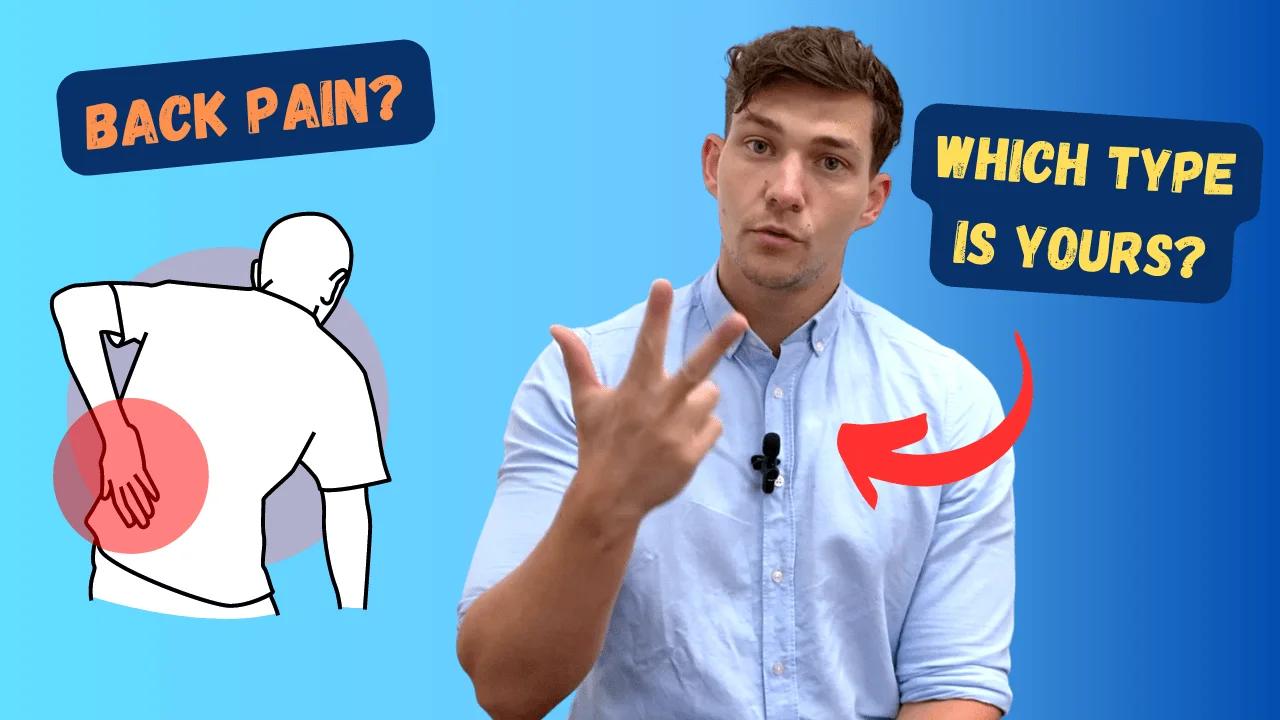
Back pain can manifest in various forms, and understanding the different types is crucial for accurate diagnosis and effective treatment. The classification often considers the duration, location, and specific characteristics of the pain. Below, two types of back pain are shared that everyone needs to know.
Acute Back Pain
- Typically lasts for a short duration, often resulting from a specific injury or overuse of muscles.
- Resolves with rest, lifestyle modifications, and conservative treatments.
Chronic Back Pain
- Persists for 12 weeks or more, extending beyond the expected healing time for a typical injury.
- Involves complex interactions of physical, psychological, and lifestyle factors.
The Evolution to Chronicity
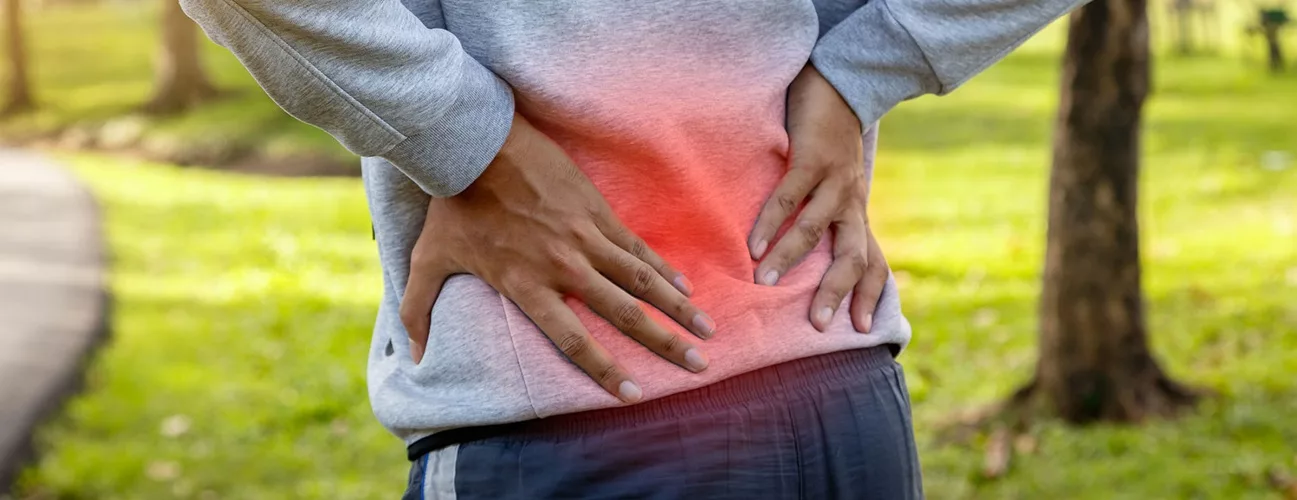
Understanding how back pain becomes chronic requires an exploration of the various factors that contribute to its persistence. This evolution is often marked by a combination of physiological, psychological, and environmental elements that create a cycle of pain and debilitation.
1. Poorly Managed Acute Back Pain:
- Inadequate treatment or the absence of appropriate care for acute back pain can lead to lingering symptoms.
- Failure to address the root cause of the pain allows it to become a chronic issue over time.
2. Structural Abnormalities:
- Underlying structural issues, such as herniated discs, spinal stenosis, or degenerative disc disease, can contribute to chronic back pain.
- These conditions may worsen over time, intensifying pain and limiting mobility.
3. Muscle Imbalances and Weakness:
- Chronic back pain often leads to altered movement patterns and muscle imbalances.
- Weakness in the core muscles, which support the spine, can perpetuate the cycle of pain.
4. Central Sensitization:
- Prolonged pain can lead to changes in the central nervous system, a phenomenon known as central sensitization.
- The nervous system becomes hypersensitive, amplifying the perception of pain and making it more challenging to manage.
5. Psychological Factors:
- Stress, anxiety, and depression can contribute to the development and persistence of chronic back pain.
- The complex interplay between mental health and physical pain creates a cycle that is challenging to break.
6. Recurrent Injuries:
- Individuals with a history of back injuries may be more prone to recurrent issues.
- Lack of proper rehabilitation or preventive measures increases the risk of chronicity.
7. Inactivity and Deconditioning:
- Chronic back pain often leads to reduced physical activity due to fear of exacerbating pain.
- Inactivity and deconditioning further weaken the supportive structures of the back, perpetuating the cycle of pain.
The Role of Lifestyle and Environmental Factors

Beyond the physiological aspects, certain lifestyle and environmental factors contribute significantly to the transformation of back pain into a chronic problem.
1. Occupational Hazards:
- Jobs that involve prolonged periods of sitting, heavy lifting, or repetitive movements increase the risk of chronic back pain.
- Poor ergonomics in the workplace contribute to musculoskeletal issues.
2. Sedentary Lifestyle:
- Lack of regular physical activity weakens the muscles that support the spine, making individuals more susceptible to chronic back pain.
- Sedentary habits exacerbate the deconditioning of the back muscles.
3. Obesity:
- Carrying excess weight places additional stress on the spine, particularly in the lower back.
- Obesity is a significant risk factor for the development and persistence of chronic back pain.
4. Smoking:
- Smoking has been linked to an increased risk of chronic back pain.
- The chemicals in tobacco can affect blood flow to the spine, impairing its ability to heal.
5. Poor Posture Habits:
- Prolonged periods of poor posture, whether while sitting or standing, contribute to muscle imbalances and strain on the back.
- Poor posture habits are often a modifiable factor in chronic back pain.
The Role of Nervous System Sensitization
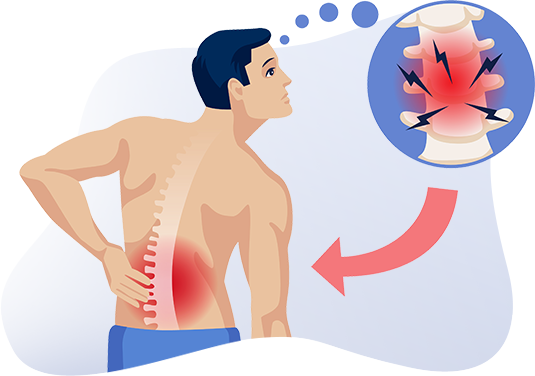
Chronic back pain often involves changes in the nervous system, leading to a heightened sensitivity to pain signals. This phenomenon, known as central sensitization, amplifies the perception of pain and contributes to the persistence of discomfort even after the initial injury or condition has healed. Factors such as prolonged pain, inflammation, and psychological stress can contribute to central sensitization, creating a cycle of chronic pain.
Psychological Impact and the Mind-Body Connection
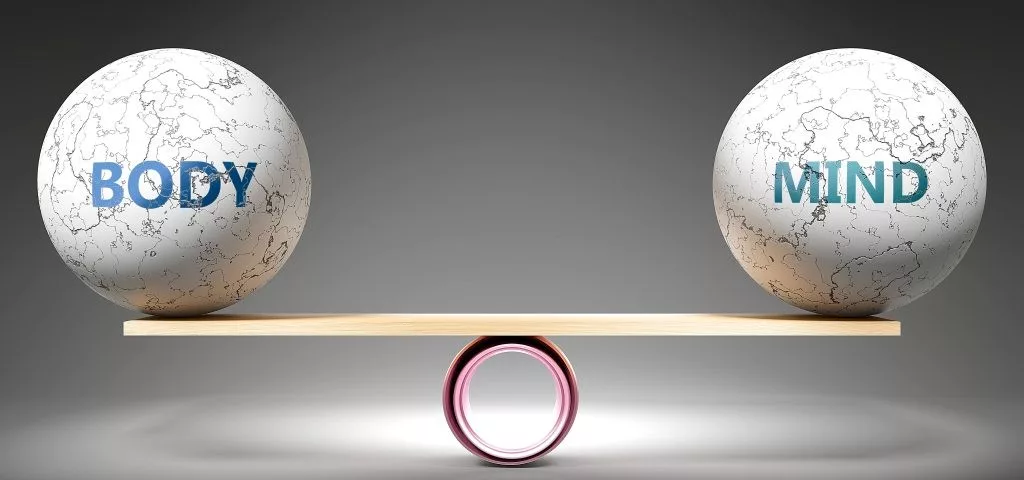
The intricate interplay between psychological factors and chronic back pain is undeniable. Stress, anxiety, and depression not only contribute to the development of chronic pain but can also worsen existing symptoms. The brain’s response to pain is influenced by emotional well-being, and individuals experiencing chronic back pain often find themselves caught in a cycle where pain leads to emotional distress, and emotional distress, in turn, intensifies the perception of pain.
Strategies for Prevention and Management

Understanding the complexities of chronic back pain sets the stage for developing effective strategies to break the cycle and manage the condition. Adopting a multidimensional approach that addresses physical, psychological, and lifestyle factors is key.
1. Early Intervention for Acute Pain:
- Prompt and appropriate management of acute back pain reduces the risk of its progression to chronicity.
- Seeking medical attention, following recommended treatments, and avoiding prolonged inactivity are crucial.
2. Physical Therapy:
- Engaging in physical therapy early in the course of back pain helps address muscle imbalances, strengthen core muscles, and improve overall spine health.
- Physical therapists provide tailored exercises and guidance for proper movement patterns.
3. Psychological Support:
- Integrating psychological support, such as cognitive-behavioral therapy (CBT), helps individuals manage stress, anxiety, and depression.
- Addressing the psychological aspects of chronic pain is vital for breaking the cycle.
4. Lifestyle Modifications:
- Incorporating regular physical activity into daily routines supports overall spine health.
- Maintaining a healthy weight through a balanced diet and exercise reduces stress on the spine.
5. Ergonomic Adjustments:
- Implementing ergonomic changes in the workplace and at home promotes proper spinal alignment.
- Using supportive furniture and maintaining good posture during daily activities are essential.
6. Smoking Cessation:
- Quitting smoking can contribute to improved blood flow to the spine and support the body’s natural healing processes.
- Smoking cessation programs and support groups are available to aid individuals in breaking this habit.
7. Pain Management Techniques:
- Exploring pain management techniques, including medications, heat or cold therapy, and alternative therapies like acupuncture, can provide relief.
- Consulting with healthcare providers to find the most suitable approach for individual needs.
8. Education and Awareness:
- Raising awareness about the importance of early intervention, proper posture, and lifestyle choices is crucial.
- Educating individuals about preventive measures empowers them to take an active role in maintaining spinal health.
9. Regular Check-ups:
- Scheduling regular check-ups with healthcare providers allows for ongoing assessment and adjustment of the management plan.
- Monitoring changes in symptoms and addressing them promptly is essential.
Conclusion: Empowering the Journey from Acute to Chronic Back Pain
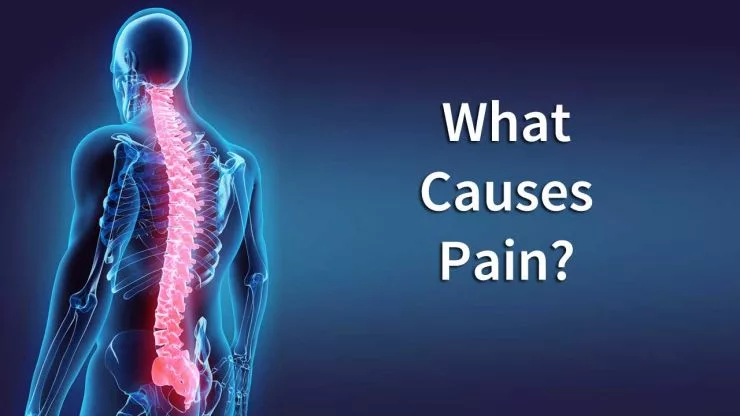
Understanding the transition from acute to chronic back pain is the first step in developing effective prevention and management strategies. By addressing the physical, psychological, and lifestyle factors contributing to chronic pain, individuals can empower themselves to break free from the cycle of discomfort and regain control over their lives. Timely intervention, comprehensive treatment plans, and a holistic approach that recognizes the interconnected nature of pain are essential elements in this journey toward lasting relief and improved well-being.
Best Chiropractor Near Me in Orlando, Florida
CALL NOW +1-407-434-7246
If you have suffered any type of injury or have been experiencing pain that just won’t go away regardless of what you do, then all you have to do is call and speak with our friendly staff. Find Best Chiropractic Care in Orlando, Florida. Moreover, our team can help you get the treatment you need and ensure that the pain you experience is alleviated – once and for all.
We are proud to serve the areas of Orlando, Altamonte Springs, Haines City, Plant City, Kissimmee, Winter Haven, and Ocala.
Contact us for Chiropractor near me in Orlando, Florida for an Appointment Today.
How does back pain become chronic?
Chronic back pain is usually age-related, but it can also result from an injury. The most common causes include: Arthritis of the spine, the gradual thinning of the cartilage inside the spine. Spinal stenosis narrowing of the spinal canal that may lead to nerve pain.
What percentage of back pain becomes chronic?
8 out of 10 people in the United States experience back problems at least one or more times. 50% of all Americans that are employed, about 80 million workers, claim to have back pain every year. Chronic back pain will develop in 5% of people that are struggling with mild symptoms at the onset.
Does chronic back pain go away?
Chronic back pain symptoms typically come on gradually and are long-lasting, sticking around for more than six weeks. As we mentioned, chronic pain usually isn't caused by a specific event or injury nor does it just go away or heal itself without medical treatment.
When is back pain serious?
Contact your health care provider for back pain that: Lasts longer than a few weeks. Is severe and doesn't improve with rest. Spreads down one or both legs, especially if the pain goes below the knee.
How do I know if my back pain is chronic?
Pain is considered chronic when it is present for more than three months. Back pain can develop anywhere from the neck to the lower spine.



